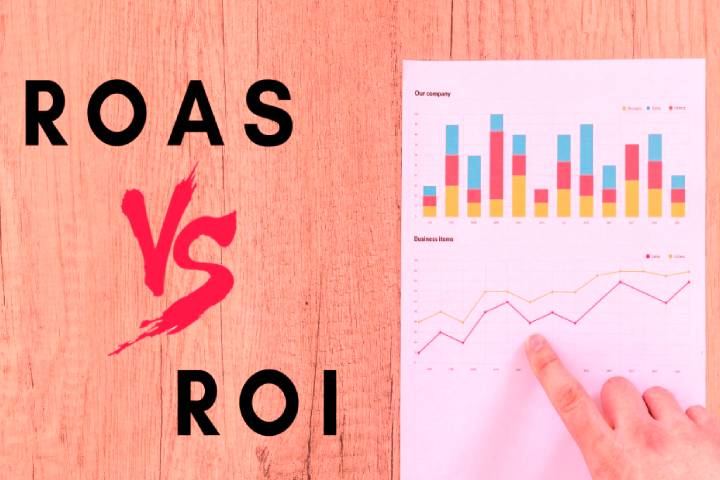ROI Vs. ROAS Which Is the Better Metric for Digital Advertisers?

Digital advertisements are one of the main ways that companies reach their clients. Before launching a new advertisement campaign, you need to have metrics that will help you determine the campaign’s effectiveness and identify areas where you need to make improvements.
Table of Contents
Defining ROI And ROAS
CTR (click through rate) is one of the primary metrics that people use to determine how successful an advertising campaign is. It refers to the ratio of people who click on a given advertisement or link to the total number of people who viewed it.
While it helps you understand how your ad campaign is doing, it does not help in advertisements that you do offline and also does not indicate the profit margins you get from the advertisements. For that, you need to consider choosing what’s better for you: ROAS vs ROI.
While some people use these interchangeably, they are different, and you need to determine which one is the best for your campaign. According to AppsFlyer, both ROAS and ROI (Return on Investment) help a marketer understand if their campaign was successful or not, but that is where the similarities end.
ROI (return on investment) measures the profit that you get from your ads. This is a business-centric metric that you can use to determine how much the advertisements contribute to the overall organization wellbeing to decide whether they are worth the investment.
ROI= profits-costs x 100 / costs
ROAS (return on ad spend), on the other hand, is a metric that measures the overall revenue you get for every dollar you use in advertising. This is an advertiser-centric metric that you can use to gauge how effective digital advertisements are.
ROAS- revenue from advertising campaign/cost of advertisement campaign
Determining A Good ROAS And ROI
A good ROAS differs from company to company depending on the operating costs, profit margins, average cost-per-click, and overall business health.
Before calculating your ROAS, you need to consider factors like affiliate commission costs, vendor partner costs, and returns from clicks and impressions generated from the ad campaign.
A good ROI depends on factors like risk tolerance because they help your business in the long run. It also depends on the time you want your investment to start generating returns.
All factors held constant, a lower ROI is perfect for risk-averse business people or people who want their investment to take a short time to generate returns. Similarly, a higher ROI is suitable for people who are risk-takers and have long-term investments.
ROI Vs. ROAS
ROI pros
Good comparison tool
It helps you determine what is working for your company and what is not. Since ROI calculates the profit you get from an ad campaign, you can select the beneficial ads for the company.
Straight forward
The formula to calculate ROI is easy, and the results are easy to understand and interpret. That way, you can quickly determine the effects different ad campaigns have on the business.
Cons
Needs patience
ROI works best for long-term projects, and it takes time before you determine how each ad campaign is doing and its effects on the company.
ROAS pros
Straight forward
Just like ROI, ROAS is easy to calculate, understand and interpret results.
Short-term
Unlike ROI, you do not have to wait long to know how an ad campaign is doing.
Cons
No profit results
While some ad campaigns could have good revenues, you cannot tell if they are making a profit for your campaign or not.
Marketing is one of the most demanding jobs a company has, and sometimes it becomes hard to track all the marketing platforms.






